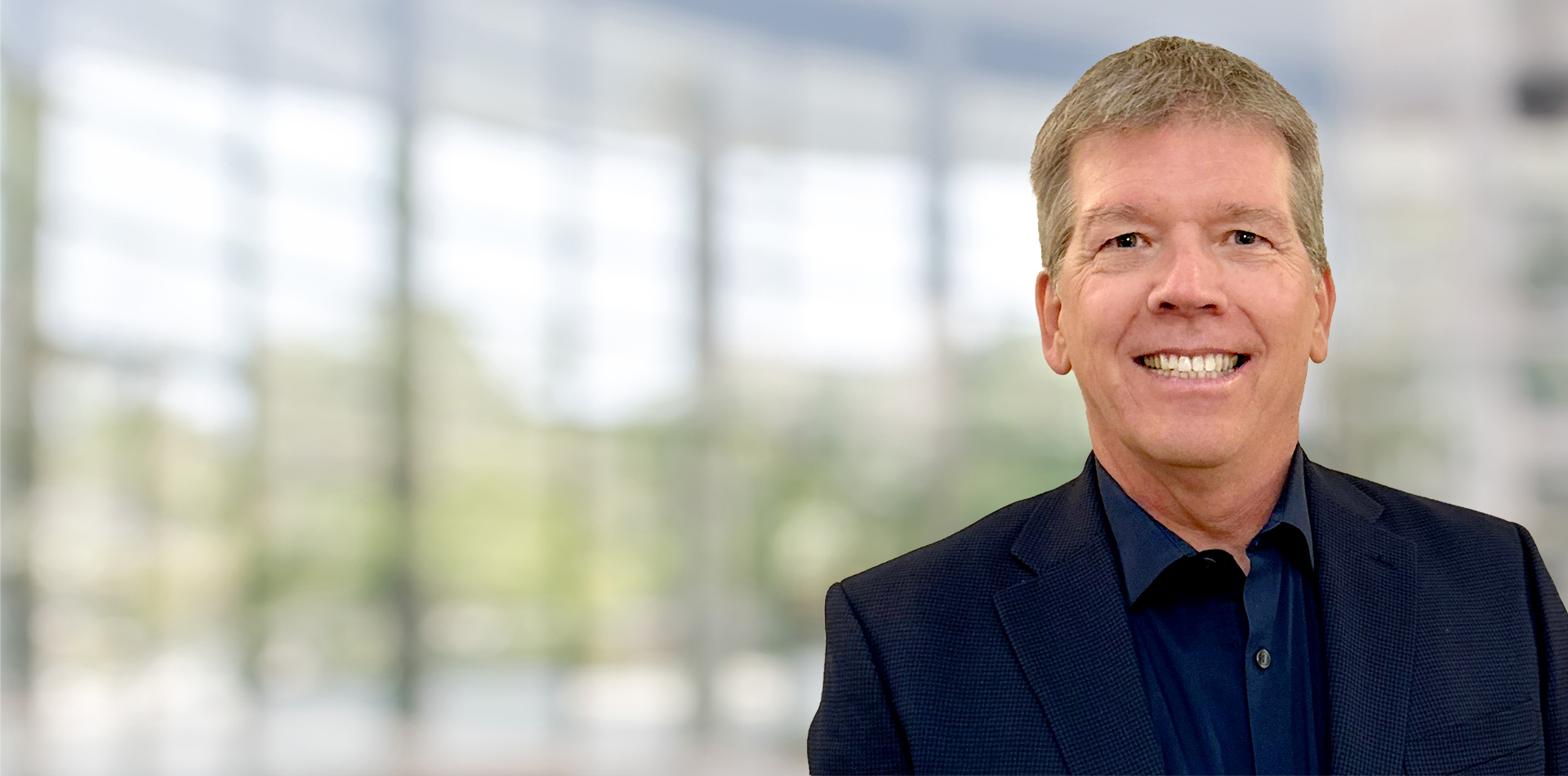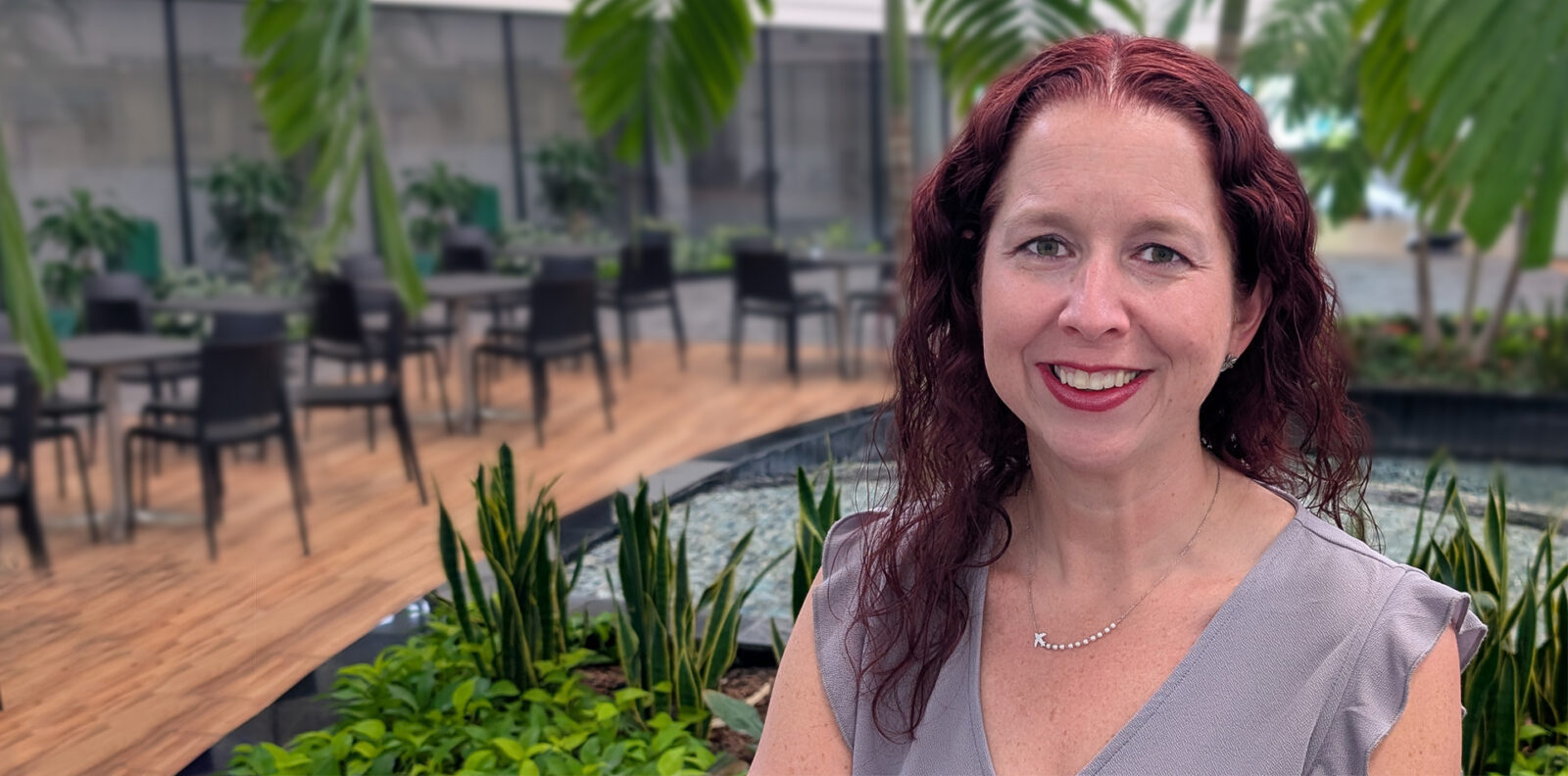ESA is pleased to welcome Scott Tatro, who joins the firm as an Aviation Environmental Technical Expert. Highly regarded for his technical experience in the aviation industry and his understanding of the regulatory framework at federal and state levels, Scott will provide integral strategic support to ESA’s team of aviation noise, environmental, and planning professionals.
Scott brings more than 30 years of experience specific to aircraft noise management, noise modeling/monitoring, and program development and implementation for the Los Angeles International Airport (LAX) and Van Nuys Airport (VNY). As the representative for Los Angeles World Airports’ (LAWA’s) Noise Management Programs, he performed extensive work characterizing, presenting, contextualizing, and addressing aviation noise, as well as developing new tools, researching, and implementing innovative ways to address LAWA’s airports’ impacts. Scott recently retired from LAWA with more than 30 years of environmental experience in the public and private sectors.
Scott also performed extensive environmental work for LAWA outside of the noise arena, including managing LAWA’s Sustainability Program, which involved annual reporting, program development, outreach, and coordination with the Mayor’s Office of Sustainability. He managed LAWA’s Regulatory Compliance Section and was responsible for compliance with all environmental rules and regulations at the federal, state, and local levels. He has been involved in industry affairs, including research through the Airport Cooperative Research Program (ACRP), and was a member of the Steering Committee for the Airports Council International–North America (ACI-NA) Environmental Affairs Committee, acting as the Noise Working Group Chair for several years.
“I am truly thrilled to have Scott join the ESA team,” said Mike Arnold, ESA’s Airport/Aviation Market Leader. “His extensive environmental experience, proven management skills, and passion for addressing aviation noise will be instrumental to the continued growth of ESA’s airports practice.”







